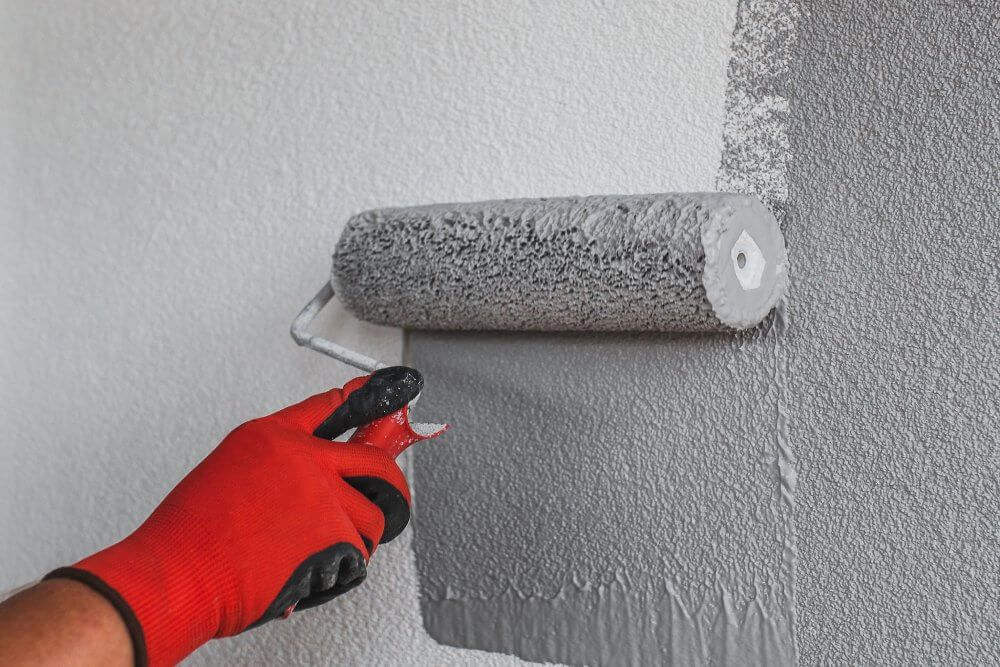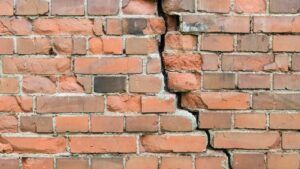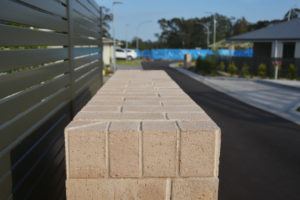One of the most frequently asked questions we get at BRP Building Services is whether clients should choose acrylic or cement render.
But first, what exactly is rendering?
Rendering a house involves applying either cement, acrylic or other mixtures to the exterior walls.
By using render, you can make a wall water-repellent, more durable and stronger, and improve its fire resistance. Rendering a building will protect bricks or any other materials from long-term damage such as erosion and cracks caused by exposure to harsh weather conditions. Render is also commonly used to improve the appearance of a building as it can be applied in a wide variety of textures and colours.
There are a number of variables to consider when choosing between acrylic render and cement render, such as budget, site, and the sort of aesthetic you desire.
In this article, you will find:
- What is Acrylic render?
- Acrylic render pros and cons
- What is Cement render?
- Cement render pros and cons
- Acrylic or cement render
What is Acrylic Render?
Acrylic render is a type of render that contains acrylic in the mix, making it more flexible than other traditional rendering materials. It’s typically suited for most surfaces, and it’s both durable and resilient. The flexibility of acrylic render can assist to prevent cracking after application, especially on lightweight substrates like fibre cement sheeting that experience thermal expansion.
The Advantages of Acrylic Rendering
Less likely to crack
Acrylic rendering is less likely to crack than cement rendering, due to its flexibility. This means that you won’t have to worry about the natural expansion and contraction of your home causing unsightly hairline cracks throughout your render.
Colour retention
Acrylic render is also known for its excellent colour retention properties. The pigments in the render are less likely to fade in sunlight when compared to cement renders.
Suitable for almost all surfaces
Acrylic render is suitable for all surfaces, including masonry, fibre cement, Hebel and render board.
Can be applied with different texture finishes
Acrylic render can be applied with different textures to create interesting finishes on your walls.
The Disadvantages of Acrylic Rendering
Can be more expensive than cement render
Acrylic render is generally more expensive than cement render. This is because it’s a newer product on the market and is made with synthetic materials.
Less breathable
Acrylic render is less breathable, meaning that it won’t allow your walls to ‘breathe’. This can be an issue in humid climates as moisture can become trapped inside the render, causing mould and mildew to grow.
Cannot be used over wood
Acrylic render is not suitable to go over wood as it doesn’t have the necessary ‘tooth’, or grip, to adhere to the surface.
What is Cement Render?
Cement rendering is a traditional way of finishing external walls that have been used for centuries. This type of render is made using three components, cement, lime and sand. It’s a durable option that can withstand extreme weather conditions and is low maintenance. Cement render is also breathable, allowing moisture to escape from your walls.
Advantages of Cement Rendering
Durable and low maintenance
Cement render is a very durable finish that can last for many years. It’s also low maintenance, as it doesn’t require painting or repainting like other finishes.
Cost-effective
Cement render is a more cost-effective option than acrylic render, as it’s made with natural materials.
Breathable
Cement render is breathable, meaning that it won’t trap moisture inside your walls. This is important in humid climates as it will help to prevent mould and mildew from growing.
Can be used over wood
Cement render can be used over wood, as it has the necessary ‘tooth’, or grip, to adhere to the surface.
Easier to apply and render can be made on site
Cement render is generally easier to apply than acrylic render, as it doesn’t require as much preparation. The render can also be made on-site, which is convenient if you’re short on time.
Disadvantages of Cement Render
More likely to crack
Cement render is more likely to crack than acrylic renders due to its inflexibility. This can be an issue if your home experiences thermal expansion, as the render is likely to crack along with the substrate.
Poor colour retention
Cement render is also known for its poor colour retention properties. The pigments in the render are more likely to fade in sunlight when compared to acrylic renders.
Limited range of substrates
Cement render is only suitable for a limited range of substrates, such as masonry and renders board. It’s not suitable for use on fibre cement or Hebel.
Texture finishes are more difficult to achieve
Cement render is more difficult to apply with a textured finish than acrylic render. This is because the render is less flexible, making it more difficult to achieve the desired finish.
Acrylic Render or Cement Render?
So, what’s the best option for your home? While the finish of both acrylic and cement rendering can be impressive, there are some key differences between the two that you should keep in mind. Cement render is the most cost-effective, however, it’s more likely to crack and the colour may fade over time. Acrylic render is more expensive, but it’s a newer product that is less likely to crack and has better colour retention properties.
Another significant factor to contemplate is the construction materials of your home as different types of render will not adhere to all substrates. For example, while cement render can be used on wood, acrylic render can’t.
Ultimately, the decision between acrylic render and cement render comes down to personal preference, your budget and the existing material of your home. Whichever option you choose, you can be sure that you’ll be left with a beautiful finish that will last for many years to come.
If you’re unsure which option is best for your home, we recommend speaking to a professional builder or renderer who can advise you on the best course of action. Here at BRP Building Services , we specialise in both types of render and would be more than happy to help you choose the right option for your home. Contact us today to learn more.





